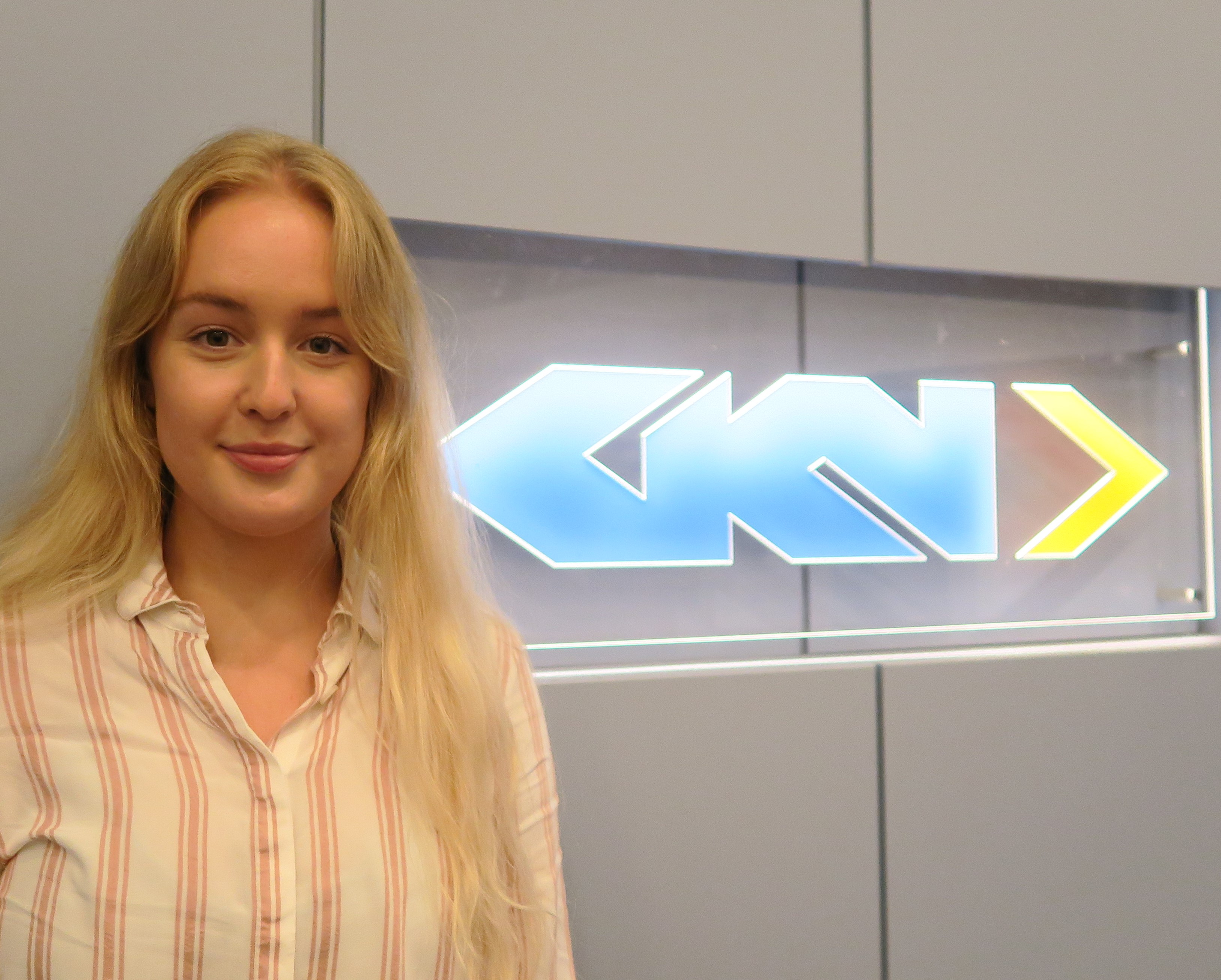Elin Eriksson

MSE Space Engineering, Spacecraft and Instrumentation
Luleå University of Technology
My name is Elin Eriksson and I grew up in a city called Eskilstuna along with my parents and my older sister. After my mother found me doing cartwheels at kindergarten she put me in gymnastics, and that became my entire life for the forthcoming 16 years. The evenings was filled with gymnastics practices, coaching other teams and judging competitions all over the region. Although, after many injuries and a will to further educate myself I retired from gymnastics at 19 years old.
Already at elementary school my interest for the more technical subjects grew. I, for example, used to stay late after school to help my teacher correct my classmates’ mathematics books. The year of 2014 I got the opportunity to study technology on a bigger scale when I enrolled at Luleå University of Technology to study MSE Space Engineering, with a specialization in Spacecraft and instrumentation. It had long been a dream of mine to get involved in the world of space technology due to my fascination of the subject.
Parallel with my studies I was involved in the REXUS/BEXUS program, which is a collaboration between SNSA, DLR and ESA where students can create experiments that will be flown on either a sounding rocket or a stratospheric balloon. I was Head of the Electrical Department for our REXUS team BESPIN where we created and tested an engineering solution for a two-stage parachute together with a specialized shaped body that was created to help the aerodynamics during atmospheric re-entry. At the end of my studies I got my first work experience in the industry while being a summer trainee at Esrange Space Center in Kiruna, Sweden, which was highly rewarding.
The theme of space followed me in my choice of master thesis as well, which I did at the Austrian Space Forum in Innsbruck, Austria. I helped in the creation of a prototype of the new space suits that will be used in the future manned missions to Mars. I worked with a model where the thermal control system, the analog astronaut and the atmosphere can work together to be able to simulate the functionality of the system in different environments and situations. It was really exciting to be able to see the development of the suits up close and to meet a lot of interesting people from the industry.
All of this has brought me to GKN Aerospace to grow as an engineer and to help bring the technology forward towards a more exciting world above ground. I will see you around!